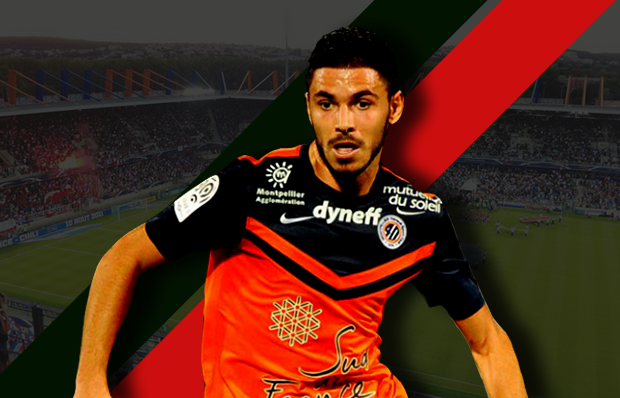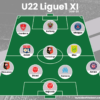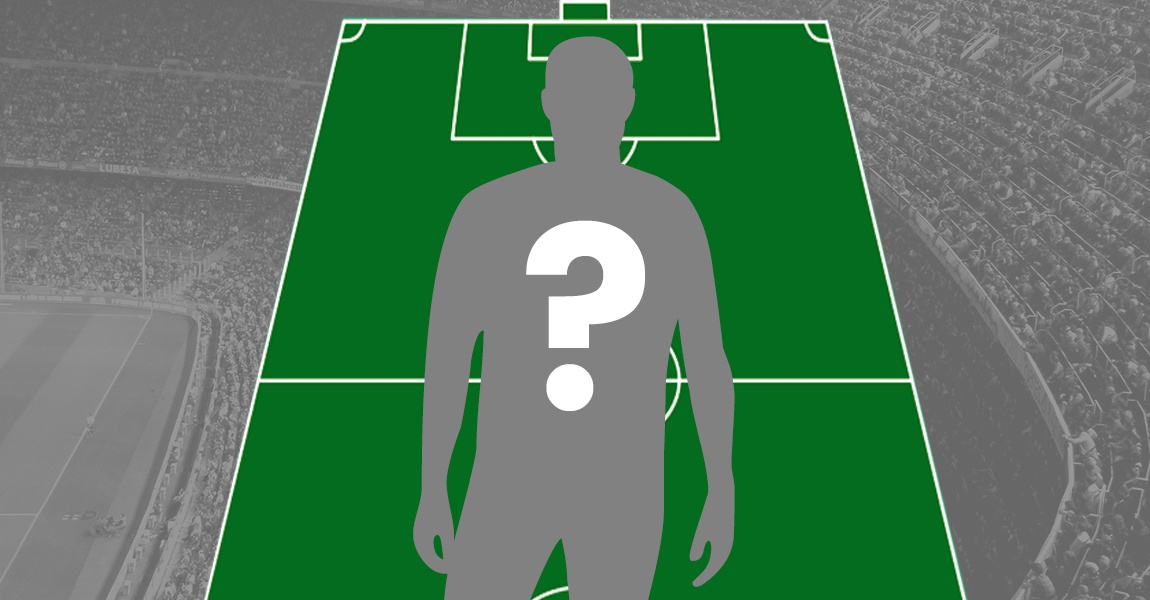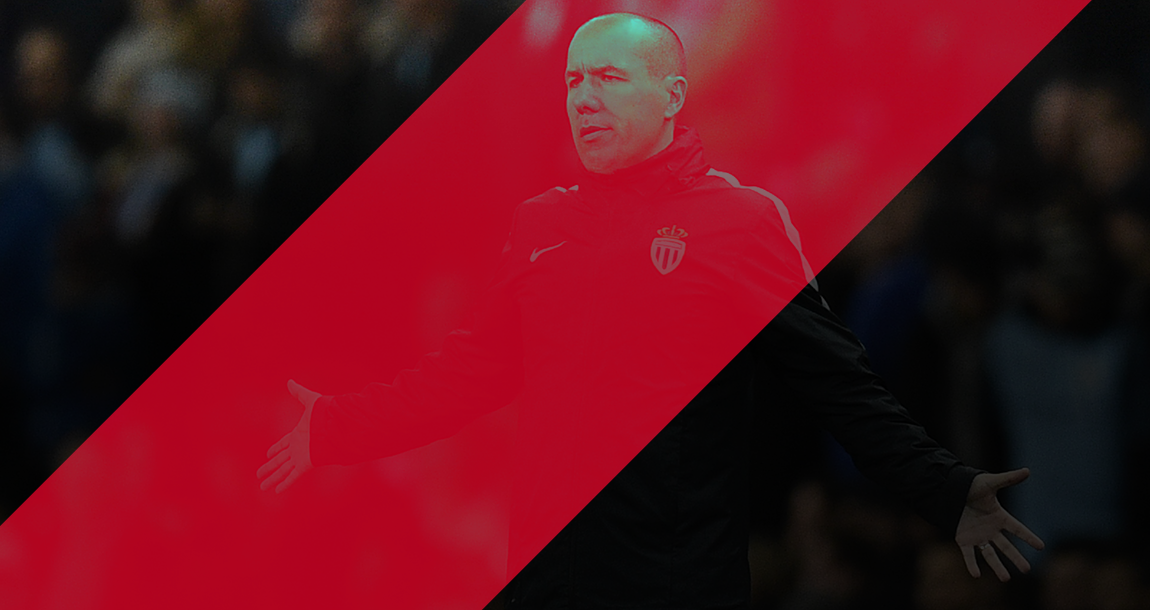At a time where France’s football prospects are looking as bright as ever, one Ligue 1 talent has risen and gone under the radar fairly quickly. But with an impressive showing this season, Montpellier’s Morgan Sanson has proved he deserves his place in the European nations’ future.
Who is Morgan Sanson?
While ruptured knee ligaments in a loss to Toulouse a few weeks ago have ended his season prematurely, keeping him out until October, Montpellier’s Morgan Sanson has slowly but surely become one of Ligue 1 and France’s brightest midfield prospects. Just 20 last August, Sanson was brought in by La Paillade before the start of last season, a snip at €700,000 from Ligue 2 side Le Mans, the type of talent-stockpiling move that one would typically expect from a bigger side, buying a teenager to have him ride the bench or be shipped out on loan.
With a midfield at that time that included the likes of Jonas Martin, Benjamin Stambouli, Joris Marveaux and Remy Cabella in Jean Fernandez’s 4-2-3-1, Sanson looked to figure rarely, if at all, despite his obvious potential. Rather than being a spare part, however, Sanson became an integral part of the side, figuring in all but two of Montpellier’s last 33 matches last season, after no appearances in the first five.
Not yet to that point the type of player who fills up the stat sheet, or makes a position his own, even with his having been brought in as a nominal no 10, the youngster’s versatility allowed him to variously feature as an attacking midfielder, winger, central midfielder and even right back, generally within manager Jean Fernandez’s preferred 4-2-3-1. This utility proved immensely important, especially as Tunisian international Jamel Saihi, who had been expected to start alongside Stambouli in central midfield, struggled with his recovery from a knee injury.
That Sanson would take up this role was more than a surprise, as not only had he generally been used in more advanced roles (again plugging into the side in various positions) at Le Mans, he also would have seemed to lack the discipline necessary to assume additional defensive responsibilities, having received a caution roughly every second game in Ligue 2.
Morgan Sanson was named in Outside of the Boot’s 100 Best Young Players to Watch in 2015 feature, coming in at #9 in the midfielders category.
Style of play, Strength and Weaknesses
As the season wore on, it became increasingly apparent that Sanson’s role in the side was not merely that of a youngster making up the numbers, but of a rapidly maturing, assured, ball-playing midfielder. When playing alongside Stambouli last season, Sanson was able to get forward occasionally, showing himself to be an able distributor in the Xabi Alonso/Steven Gerrard mould, but offering much more in terms of pace and creativity, for while an exquisite cross-field ball looks impressive on the highlight reel, the awareness and sheer football intelligence to play something that is more befitting of a given situation is more important over a long season, especially for a struggling side.
Rather than having suffered, as many young players are liable to do, from a lack of consistency with regards to his position, Sanson seems to have here benefited from cycling through that aforementioned variety of roles, gaining in the process a keener understanding of the spaces which would necessarily be available to exploit via his passing when deployed in a more defensive role.
Sanson’s vision was instrumental in the form that Cabella enjoyed last year, for while the youngster assisted on only two of his teammate’s goals directly, his improving ability to bring along play by keeping the ball on the ground was key to what little joy Montpellier had going forward.
This season, under Roland Courbis, he has continued with more of the same, increasingly working to build play by bringing the ball upfield himself, generating offense via a combination of these runs and a more developed short passing game. Because of this, Sanson has this season generally been used further forward, playing more often on the right wing or behind the striker than as part of a midfield partnership, where his creativity would be wasted.
Benefitting from increased opportunities further up the pitch, Sanson has kicked on by contributing a career-high six goals (fourth among Ligue 1 midfielders) and a pair of assists, his developing understanding with Anthony Mounier essential to Montpellier’s attack. While one might like the latter statistic to be improved, Sanson’s responsibilities in terms of starting counterattacks withinoften dictate that he distribute the ball after dispossessing an opponent to the wings, who can cross the ball in.
As Montpellier rank second in the league in interceptions per match, perhaps this system isn’t the best use of Sanson’s attacking skills, but shorn of the creativity of Cabella, Courbis has done as he sees fit. With Montpellier still challenging for European places after struggling in the lower reaches of the table last season, it is hard to argue with this approach, but it does give one cause to wonder about the side of Sanson’s game that isn’t allowed to flourish in a side that doesn’t generally enjoy much of the ball.
Sanson has improved massively in these last two seasons, becoming a regular for his club as well as the U-21 national team, eliminating the discipline issues that plagued him in Ligue 2, having been booked only six times in sixty-four league appearances with Montpellier. That said, he is still far from being the finished article. Still a relatively poor passer overall, with an 80% success rate over the last two seasons, Sanson has cut back the number of searching long balls in his game, from 3.3 last season to 2.4 this. In doing so, he has tried, like Mounier, to make crosses a more important part of his game, going from 0.4 completed per match to 1.5, and improving his success rate from 18% last season to 41% this season.
However, even with his passing and vision rapidly improving, Sanson is still somewhat impatient going forward with the ball at his feet. Asked to do a bit more by dribbling at players to facilitate play the edge of opponents’ penalty areas this season, he has been more easily dispossessed and made more poor touches under pressure, weaknesses which will likely improve with time but are for the moment somewhat problematic, as his eagerness to get forward has seen more than a few potential counterattacks flame out this season.
The Future
Impatience aside, Sanson’s ability to turn a solid tackle into a counterattack for Montpellier is of the highest quality, and as he continues to learn to let the game come to him, using his experience in diverse positions, the number of mistakes made will surely decline. While some players are creative wizards and some are adept at breaking up play, rarely do the two combine so well at such a young age. If Didier Deschamps persists in playing a 4-3-3 with Les Bleus in the lead-up to Euro 2016, Sanson’s continued development has the potential to make him a natural successor to Yohan Cabaye, alongside Paul Pogba and Blaise Matuidi. While the ramifications of his injury are yet to be fully determined, Sanson is well on his way to becoming yet another Ligue 1 success story.
Written by Eric Devin


























































